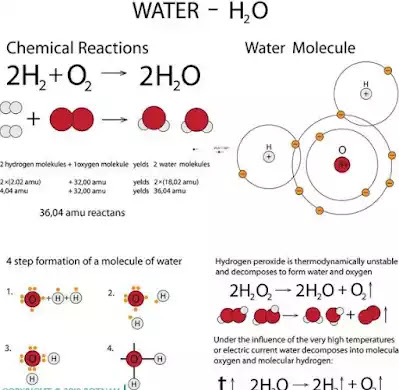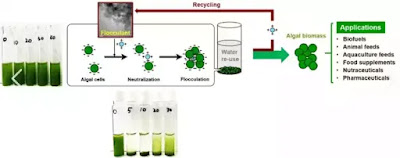You will get a complete overview of the clarification prosses and important points to account for regarding its setup.
Raw Water Explanation
Introduction
Water treatment chemicals can be divided into two categories: sedimentation
and adsorption. Sedimentation involves adding a substance to the water that
allows particles suspended in it to settle out of suspension by gravity; this
is often done by adding a fine particle such as alum (aluminum sulfate), which
becomes charged with positively charged ions from your tap water and attracts
positively charged ions from your tap water as well. Adsorption involves
placing another substance (usually an ion exchange resin) onto whatever solids
have already settled out— these act as a barrier between them so they don't
re-suspend themselves again during disinfection stages later on down line!
Coagulant
The coagulant is the chemical that causes the particles to stick together and form a ball. There are several types of coagulants, including calcium sulfate, aluminum sulfate, and polysulfides such as Polysorbate 80.
Coagulation is an exothermic reaction that occurs when water reacts with
metal ions or other substances in a solution. It takes place at temperatures
between 32°C (88°F) and 60°C (140°F).
Flocculant
Flocculation occurs when colloidal particles collide with each other, forming large clumps or flocks that settle out of suspension and sink to the bottom of your tank, where they can be easily filtered out by your filter system.
Benefits
- · Reduces turbidity of raw water
- · Reduces the number of chemicals used in the treatment
- · Reduces the amount of sludge produced
- · Increases efficiency of sedimentation and filtration
Raw water clarification
We hope this article has helped you understand the basics of raw water clarification. The process can take some time and is not easy, but it is definitely worth it if you want a purer source of drinking water in your home or business. If you are interested in learning more about how we can help with your project please contact us today!
Conclusion
Finally, raw water clarification is a process that can be used to remove contaminants from the water supply. Typically, this requires the use of chemicals like chlorine or ammonia that react with organic material in the water. The reaction causes those substances to break down into smaller molecules and become less harmful to humans or animals who might consume them.
The benefits of using raw water clarification include:
- · Removing any biological matter such as bacteria and viruses
- · Stopping any potential growth of algae blooms
- · Preventing corrosion on pipes








